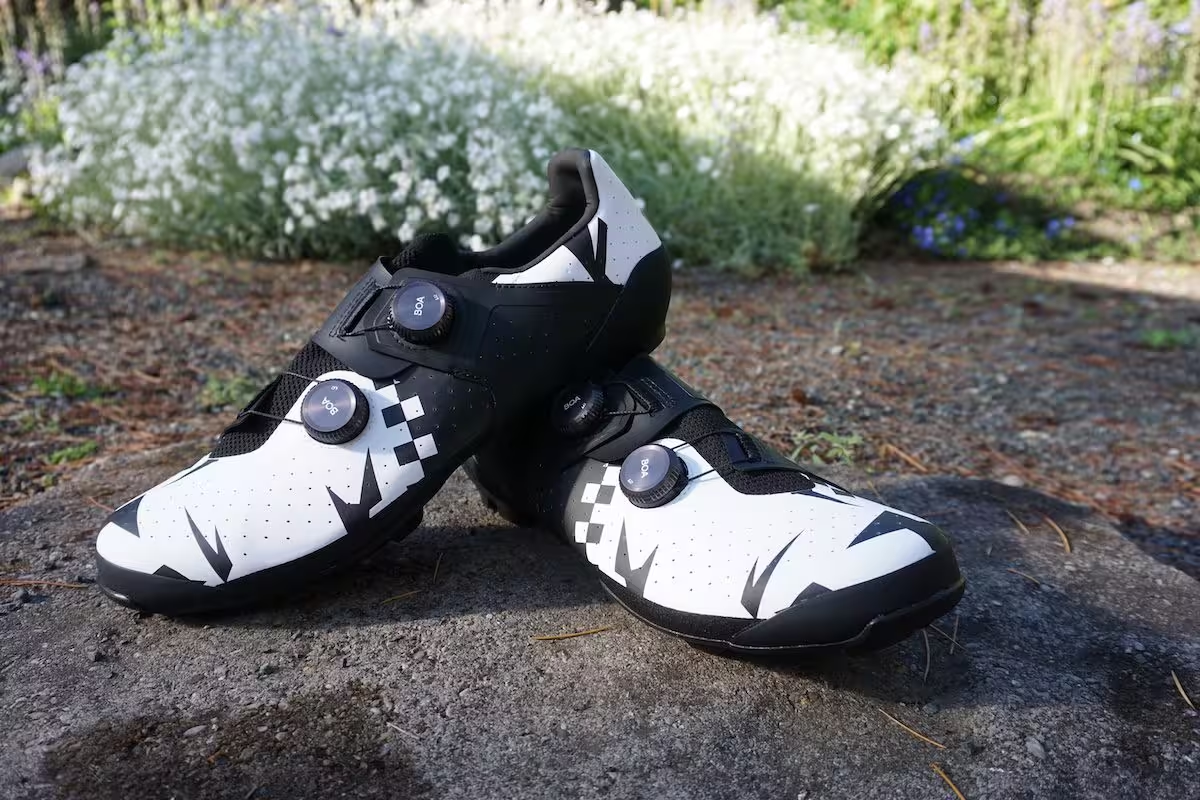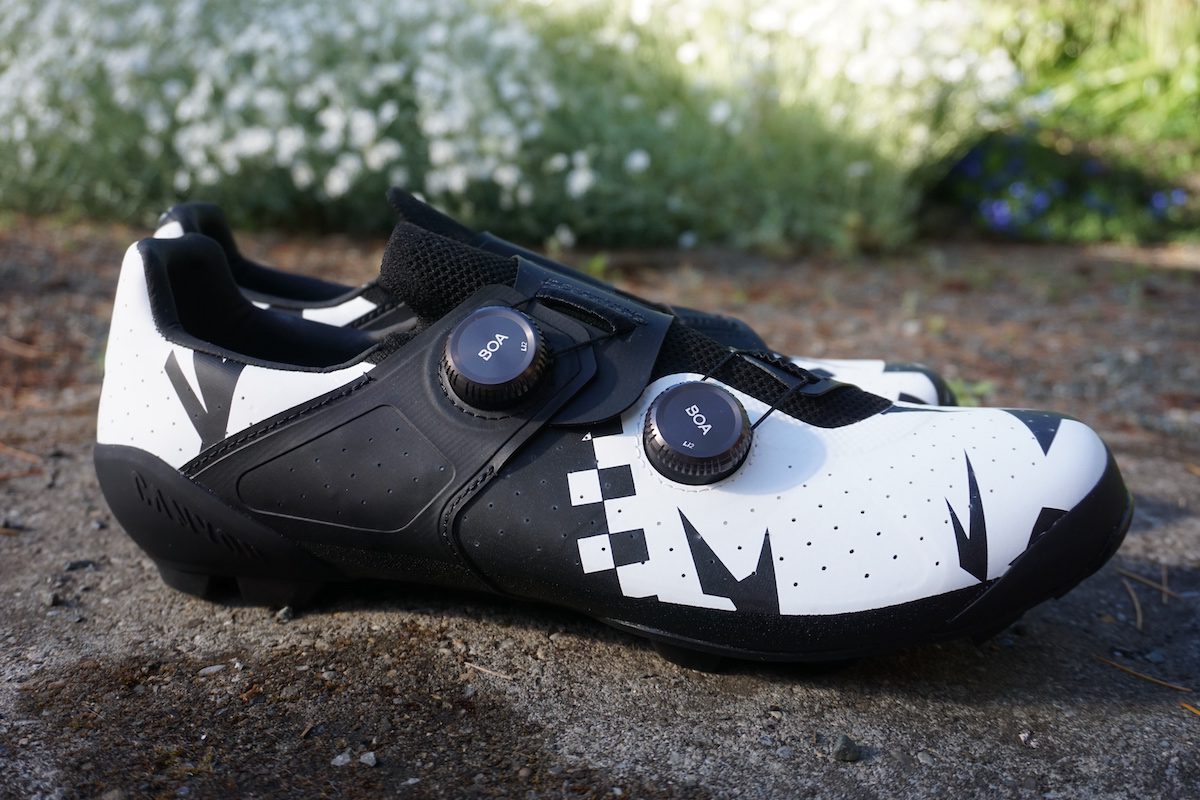Canyon has years and years of experience at the top end of podiums across all aspects of cycling. The German brand is now looking to take that podium step more literally, adding race-quality shoes to its line of race bikes. The result is the Tempr CFR, which launches today in a road and off-road models, as well as a more casual “adventure shoe.”
We’re testing the CFR Off-Road (ORSO1), reviewed here, and the tarmac-focused CFR RS01, reviewed by my colleague Lorena here.
Canyon makes shoes?
Canyon isn’t the first bike brand to tip-toe its way into footwear. Specialized and Giant both have broad ranges of shoes while Trek releases race gear under the Bontrager brand. Heck, even fellow Germanic DTC brand YT has a shoe, albeit of a very different temperament, made with Vans. So why not Canyon?
The shoe itself the result of a two-year process. Canyon’s worked with several brands, like Boa, Vibram and Solestar, to make sure its footwear line doesn’t start off on the wrong foot. The later, Solestar, is a German brand run by sports scientist Oliver Elsenbach. Canyon is the first to bring his integrated insole design to the world of cycling.
The details: Canyon Tempr CFR Off-Road S01
The CFR is, like Canyon’s bikes bearing the same acronym, a very race-focused shoe. It is a lightweight cross country race shoe, to be specific. Like the CFR Road, it uses a unidirectional carbon plate running the full length of the shoes. Vibram, well known for its rubber toes, uses its Megagrip rubber compost for a mix of durability and traction while a minimal thickness and spread out lugs keep weight low and traction consistent from wet to dry conditions. Additional abrasion resistant panels line the sole between lugs and around the toe box and heel box of the Tempr CFR.
The key to the Tempr CFR, though. Is the combination of Purefit 360, Solestar integrated insole and Boa’s Fit System, which works with Canyon’s upper design to create a more comfortable and secure fit. Boa’s Performfit wrap uses two panels, pulling from the medial to lateral, to secure the mid foot and lock in the heel. Instead of just squishing the foot down onto the sole, these panels are supposed to wrap and squeeze evenly around the foot, both vertically and, with the heel panel, fore and aft.
The bootie tongue
One of the ways Canyon does this is with its distinctive Stretch Knit collar. Instead of a separate tongue piece, the two sides of the shoe are held together by a a section…
Click Here to Read the Full Original Article at Canadian Cycling Magazine…


